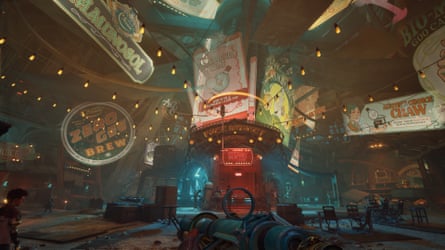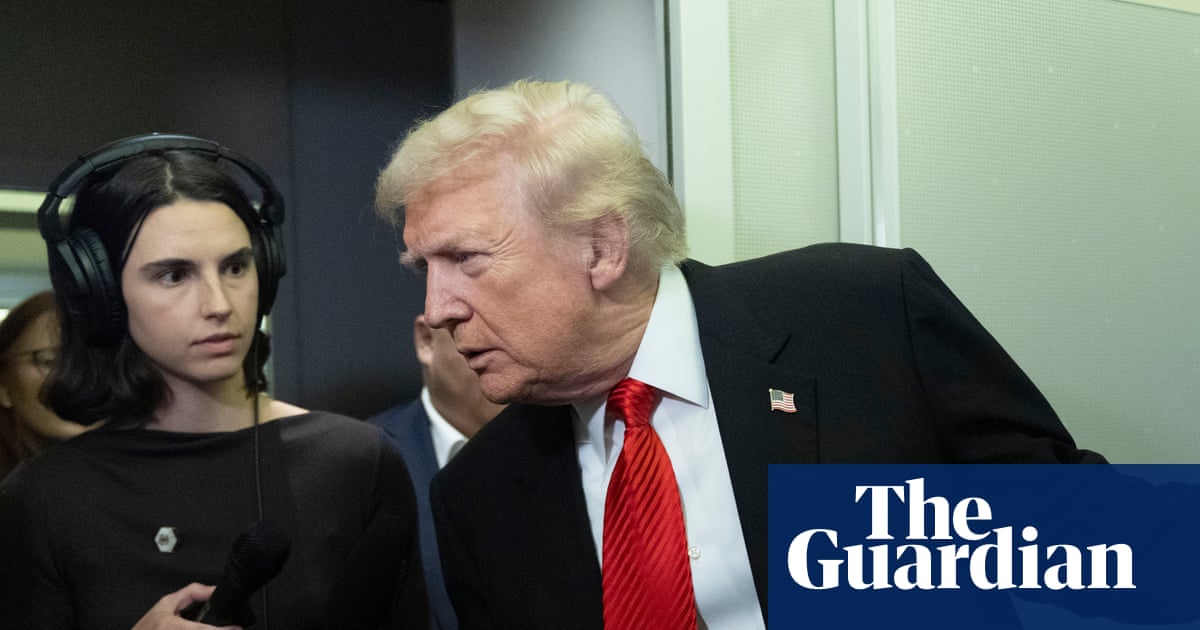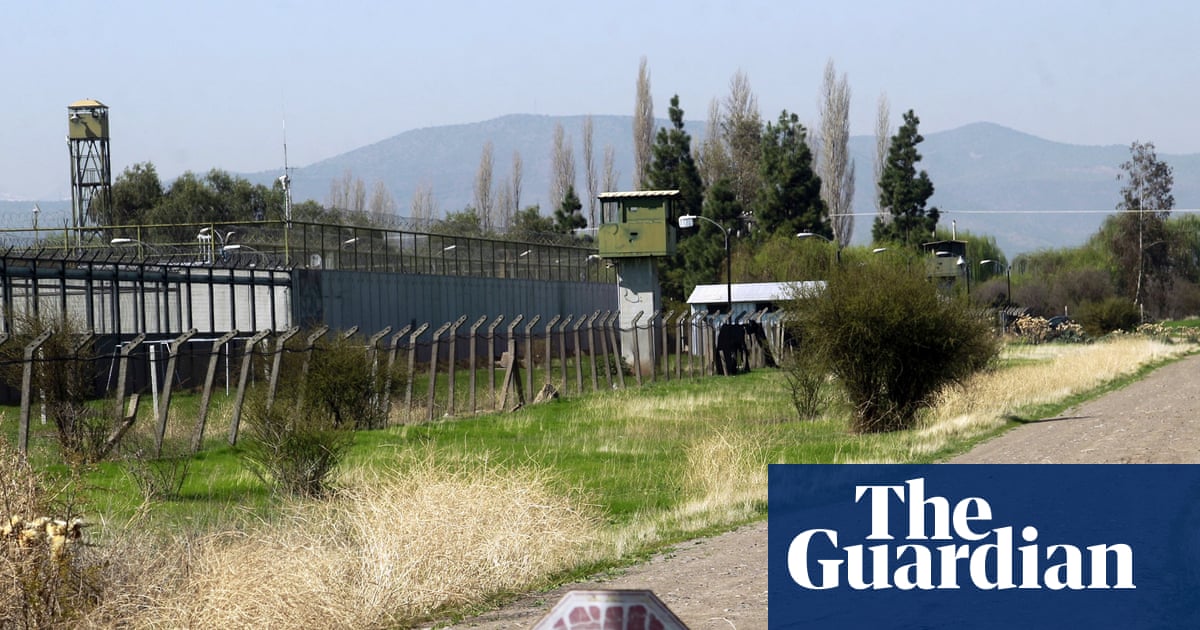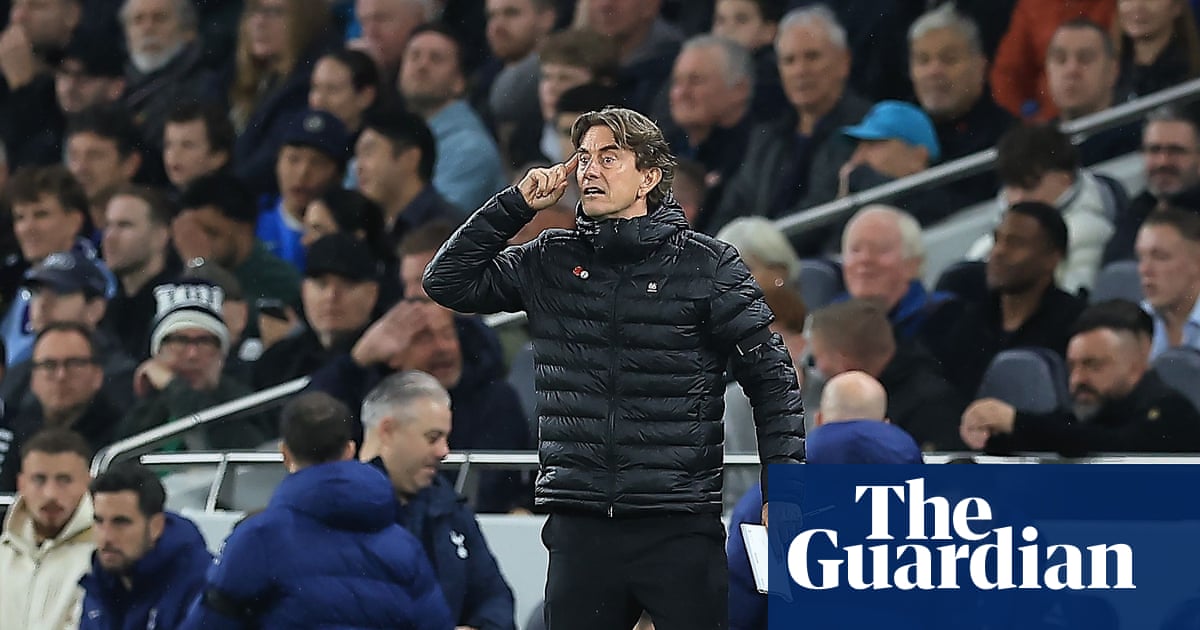The Outer Worlds 2 was originally announced in June for £70/$80 – making it Xbox’s most expensive game at the time. This was short-lived: Microsoft backtracked barely a month later, and kept it at the standard £60/$70. While The Outer Worlds 2 is technically bigger than its 2019 predecessor, that decision was smart: this is not a £70 game.
It is, however, a thoroughly enjoyable adventure that can easily suck up hours of your time, and one that improves upon the original game in meaningful ways. With far better combat and deeper role-playing mechanics, The Outer Worlds 2 smartly expands without spreading itself too thin – even if its story fails to delight.
You don’t need to have played the first installment to understand the sequel’s broad strokes: you’re an agent of an obtusely “benevolent” space police force known as the Earth Directorate, tasked with bringing order to a galaxy known as Arcadia. Like the original game’s Halcyon, Arcadia is fractured and frayed as a result of rampant capitalism, and you have unfettered power in your quest to forge new bonds or repair old ones between wildly different ideological groups, who are all armed to the teeth.
You’re regularly pulled between warring factions, but there’s a bigger problem than the rifts between them: actual rifts in space. You’re introduced to these as the game starts, tasked with investigating engines invented by authoritarian collectivist group the Protectorate, who are causing these tears in the fabric of space. Upon arrival, you’re quickly double-crossed by a trusted associate and forced to spend a decade in suspended animation.

When you awake 10 years later, Arcadia has changed dramatically and the rifts have continued to spread unabated. You have to cobble together a new crew to try to save the galaxy.
Unfortunately for The Outer Worlds 2, nothing reaches the narrative peak of the game’s opening; a letdown you don’t fully comprehend until you’ve sunk around 30 hours into it. I kept expecting a character to shock me or storylines to unfold in unexpected ways, but found myself knowingly nodding at almost every turn. Though there are interesting characters to align yourself with – including a psychopathic cultist and a spy – I struggled to connect with this crew as much as I did in the first game.
Despite there being three main factions that constantly vie for your attention and sympathy, there are few choices in The Outer Worlds 2 that feel impactful. Thorny conversations with narrow-minded capitalists force you to reckon with your own participation in the real-world economic system, but the characters’ two-dimensional takes elicit more eye rolls than eye-opening moments.
If you have a high enough “speech” skill, you can talk your way in and out of most situations. This feels especially incongruous when a blind Protectorate devotee does a complete 180 after you select a specific voice line, though it can be smugly satisfying when you talk your way out of a boss fight. Yet, at the end of nearly every one of these major moments of conflict, you’re left feeling kind of like nothing you did really mattered – although maybe that’s the point.

Because of this, I found myself struggling to connect with the story. My companions may have had strong opinions, but they never seem to actually get mad at me, even when my choices flout their beliefs. There’s a lack of conviction in The Outer Worlds 2, which is especially disheartening because its whip-smart humor so often elicits a chuckle, but is so rarely used to make a sufficiently barbed ideological statement.
The game offers impressive depth with its combat and its role-playing systems, which are drastically improved upon from the original. While firefights still have tedious and frustrating moments, the sheer variety of weapons and how that affects each encounter is thrilling: elemental damage has varying degrees of impact against enemies and each requires different ammunition. If you run out in the midst of a gruelling encounter, you’ll be forced to get creative. I’d often go into a fight with a rotation of weapons in mind, only to run out of ammo faster than expected, and be forced to try something I’ve never used before. I thoroughly enjoyed having to think and swap on the fly.
Building your character is even more thoughtful than the original game, introducing “flaws”, a system that tracks your behaviours and occasionally offers you to accept a trait, often with both negative and positive effects. For instance, my reliance on crafting items results in the “Hermit” flaw, doubling vendor prices but adding a 25% chance of double items when breaking down junk. This was obviously helpful in my craftier moments, but a problem when I was low on junk and needed to rely on vendors: a fun little predicament that made me readjust my play style.
Developer Obsidian has had a big year, releasing fantasy adventure Avowed and the insect-heavy survival game Grounded 2. All three are testaments to the studio’s ability to craft wildly different worlds that bend and shift to the player’s will.
Even if The Outer Worlds 2 rarely blows my mind, and suffers from direct comparisons to Avowed, the smaller scope of which resulted in a tighter experience overall, there is inherent value in a role-playing game that so effectively sucks you in for hours upon hours. It’s not breaking the mould, but improving its structure: offering you something satisfying and solid that rarely surprises, but still manages to regularly delight.
-
The Outer Worlds 2 is available now; £59.99/$69.99

 8 hours ago
8
8 hours ago
8

















































